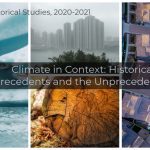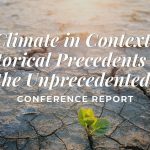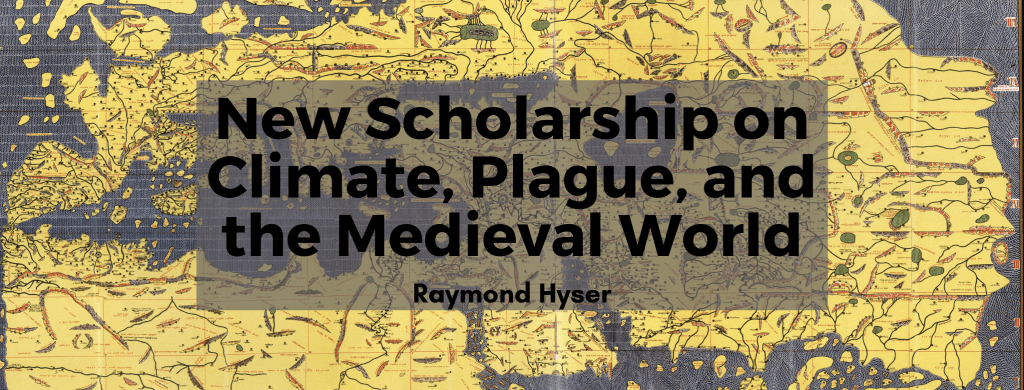
As part of the Institute for Historical Studies’ Climate and Context lecture series, historian and specialist in disease, medicine, and public health, Dr. Nükhet Varlık presented her work on climate, migration, and plague during the early modern Ottoman Empire. Dr. Varlık is an Associate Professor of History at Rutgers University-Newark and an Associate Professor of History at the University of South Carolina. This article is intended as a companion to her talk which can be viewed here. The article examines a series of books, articles, and online resources that can be read alongside Varlık’s first book, Plague and Empire in the Early Modern Mediterranean World.
Plague and Empire in the Early Modern Mediterranean World is a groundbreaking work that provides the first systematic study of the Ottoman experience of the Second Plague Pandemic from the Black Death era (ca. 1347-1353) to the turn of the seventeenth century. Orienting her study away from the traditional scholarly emphasis on the Black Death in Western Europe, Varlık explores how the plague interacted with the various political, social, and environmental structures that comprised the early modern Ottoman Empire. Incorporating recent epidemiological research with archival materials, she argues that the expanding Ottoman Empire transformed the epidemiological patterns of the plague by incorporating new ecological zones into the empire and by increasing the mobilities of exchange among human and non-human agents. The persistence of the plague long after the Black Death era created new cultural expressions and knowledge about the plague that bolstered the Ottoman state’s response to subsequent plague outbreaks.
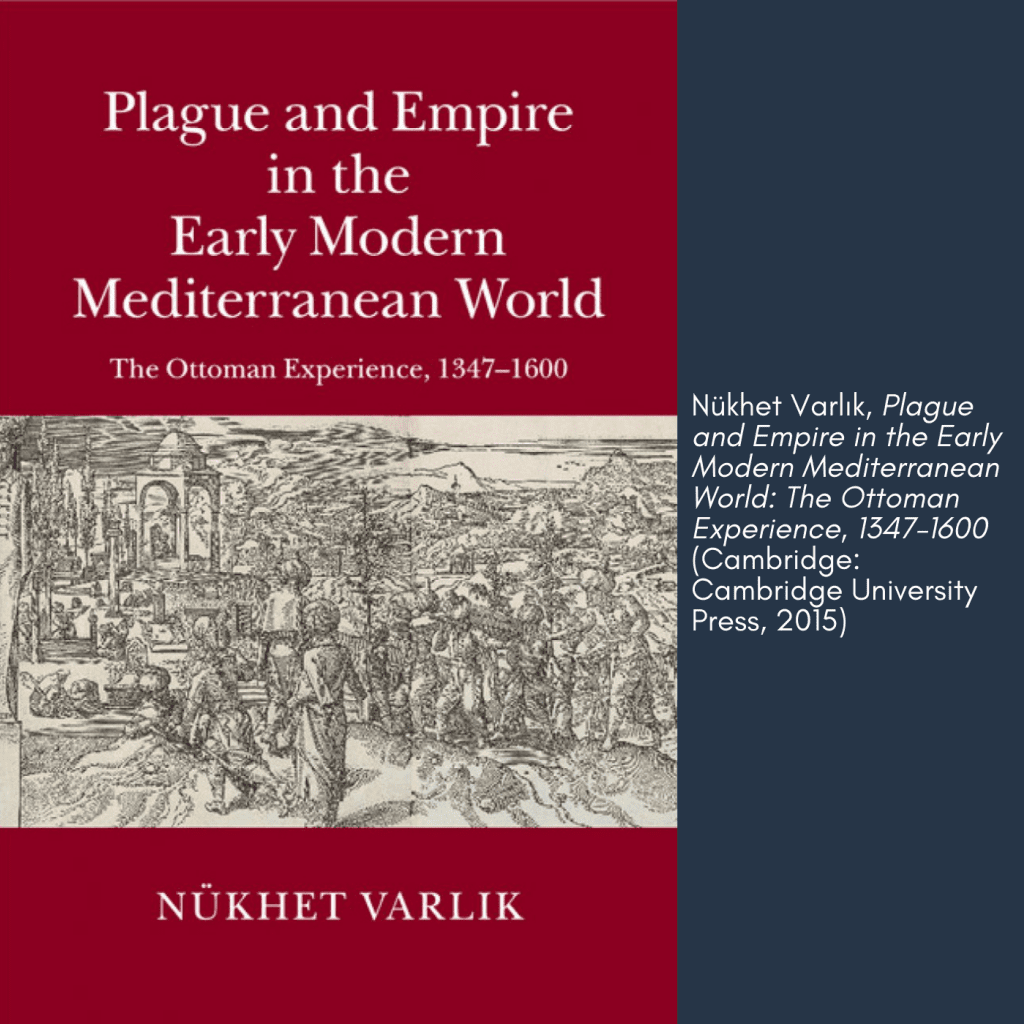
In The Great Transition, Bruce Campbell explores the interaction between climate change and the plague across Eurasia in the late-medieval period. Campbell argues that the adverse climates and the plague that swept Eurasia forced a realignment (the Great Transition) of the socio-ecological regime that previously dominated the Eurasian continent. The “perfect storm” of war, adverse climate, and plague decimated Eurasian societies from roughly 1250 to 1475, after which England and the Low Countries emerged as the new centers of power on the continent. Employing cutting-edge research from paleoclimatology, plague ecology, and microbiology, paired with traditional archival research, Campbell creates an in-depth look at the effects of climate and disease on Eurasian societies during the late-medieval world.
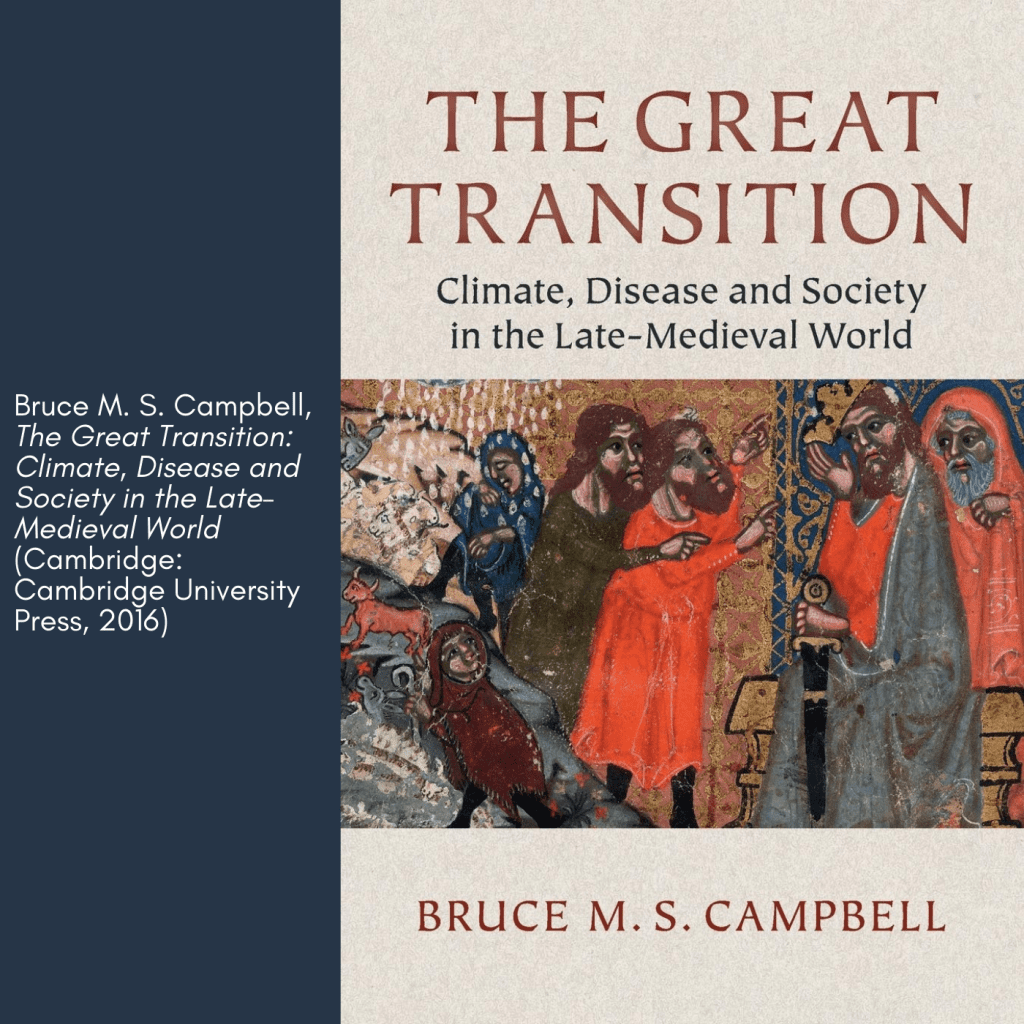
As part of the scholarly shift to globalize the Black Death period, the inaugural issue of The Medieval Globe series, Pandemic Disease in the Medieval World: Rethinking the Black Death, brings together a collection of essays by historians, anthropologists, and biologists that critically engage the global nature of the Black Death. The book explores how new work in fields like bioarchaeology and genetics, combined with traditional historical approaches, provides fresh insights into the understanding of this global disease. The book’s editor, Monica H. Green, specializes in the global history of health and medieval European history, particularly the history of medicine and the history of gender. She has written extensively about the history of the world’s major infectious diseases with particular emphasis on the plague.
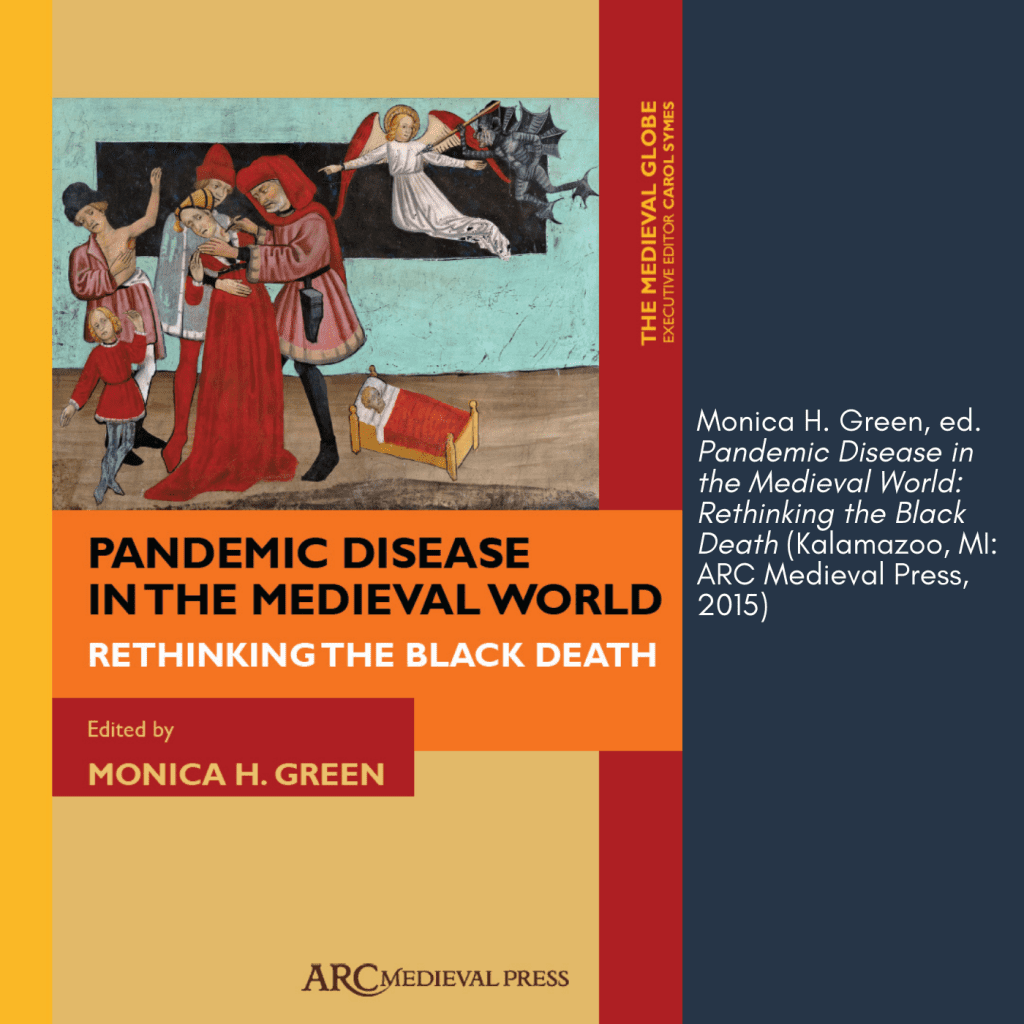
Another scholar pushing the geographical bounds of plague research is Gérard Chouin. He is a team leader in the French National Research Agency (ANR) funded GLOBAFRICA project studying the impact and spread of the bubonic plague in Sub-Saharan Africa. His article, “Reflections on Plague in African History (14th-19th c.),” examines various pathways to read and reread sources of African history in order to explore the possibility of societal crises related to the bubonic plague.
On May 15, 2020, the Medieval Academy of America hosted a webinar that brought together a group of leading scholars on the Second Plague Pandemic. “The Mother of All Pandemics: The State of Black Death Research in the Era of Covid-19” webinar explores how new work in genetics has transformed the kinds of questions that historians, bioarchaeologists, anthropologists, and many other researchers ask about the Second Plague Pandemic. The panelists discuss what our current understanding of the medieval pandemic can teach us about the current Covid-19 pandemic. As part of the webinar, Monica Green and Joris Roosen curated an extensive bibliography of the most important recent scholarship on the Second Plague Pandemic, as well as some enduring classics. The bibliography can be found here.
Three of the aforementioned scholars, Nükhet Varlık, Monica Green, and Joris Roosen, in conjunction with Ece Turnator, a Humanities and Digital Scholarship Librarian at MIT, form the project team of The Black Death Digital Archive Project. This digital project provides links to biological, archaeological, and documentary databases, as well as a robust bibliography, for researchers interested in studying the Black Death.
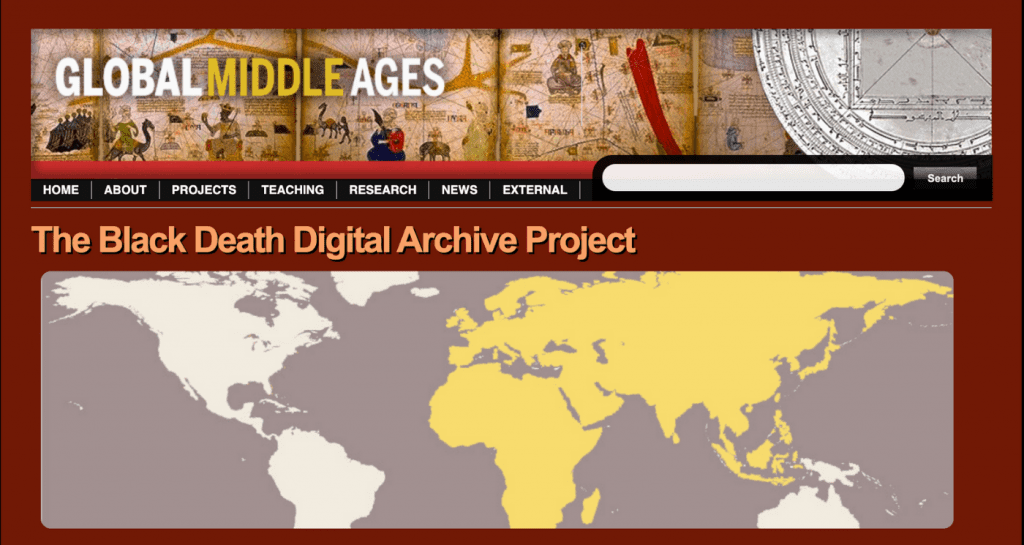
The views and opinions expressed in this article or video are those of the individual author(s) or presenter(s) and do not necessarily reflect the policy or views of the editors at Not Even Past, the UT Department of History, the University of Texas at Austin, or the UT System Board of Regents. Not Even Past is an online public history magazine rather than a peer-reviewed academic journal. While we make efforts to ensure that factual information in articles was obtained from reliable sources, Not Even Past is not responsible for any errors or omissions.


